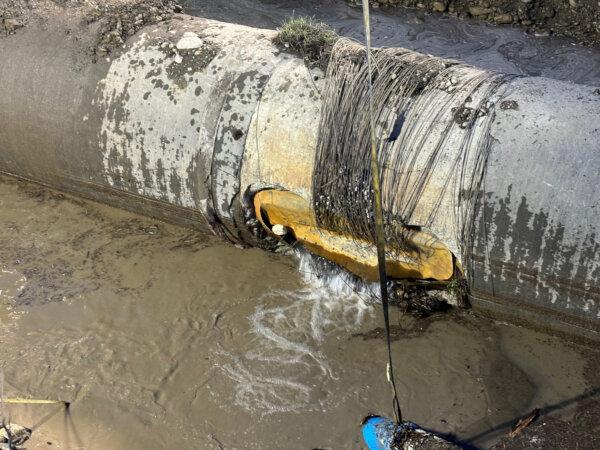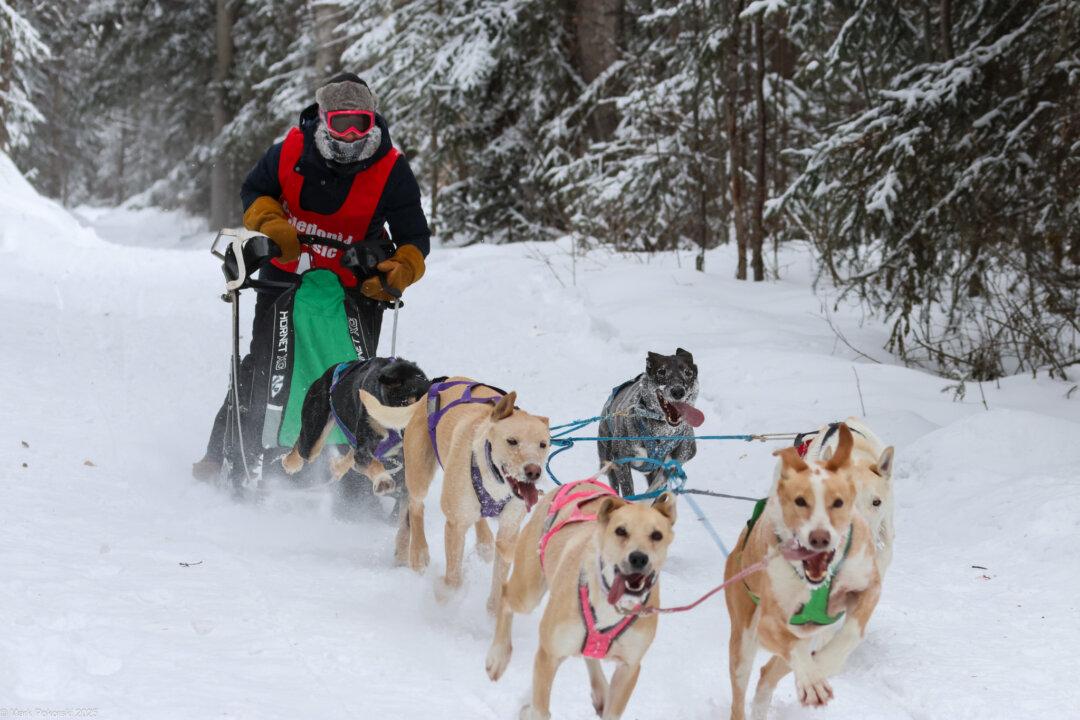The City of Calgary has been doing daily updates on its water crisis that began June 5, when a leak in one of the city’s main feeder lines was discovered.
Since then, outdoor water use has been banned, outdoor fires are prohibited due to fire risk, swimming pools are shuttered, and people are being asked to conserve water any way they can.
One of the few bright spots has been the response of Calgarians to the situation.
“Since the start of this water crisis two weeks ago, you have managed to save over 600 Olympic swimming pools’ size of water usage. ... That’s what you’ve saved in terms of water, and that is absolutely a gold medal effort,” Calgary Mayor Jyoti Gondek said in an update on June 19.
“I want to thank all of you, … and we have enough of an emergency supply to fight fires and act as backup if needed in hospitals and care facilities.”
At each of their public statements in recent days, the mayor and various city officials have been praising different things people are doing to conserve water.
“You’ve been capturing your water in a container as you waited for hot water to come out of the tap or the shower head. … Some of you in restaurants have stopped automatically serving water, instead waiting for guests to ask. Any of those decisions that you made, whether they were big or small, had a tremendous impact on our water usage,” said Ms. Gondek.
Water Restrictions Extended
While the City of Calgary has been thanking the public for conserving water, it is also facing difficult questions.The additional repairs mean water restrictions will last right up to the start of the Calgary Stampede, which begins July 5.
In addition, some sections of replacement pipe had to be trucked in from San Diego, which has led to questions as to why replacements couldn’t be found in Alberta—a province known worldwide for its oil and gas industry.
But Mayor Gondek said the water pipe is different.
“The issue is the size of this pipe. This is not generally the size of pipe that’s used in oil and gas operations,” she said in the June 19 update.
“While we would have welcomed the opportunity to custom make this pipe right here at home, it would have taken a lot of time, and in the interest of getting your water turned on as quickly as possible, we chose the option that would make repairs much faster.”
Mayor Gondek said repairs are ongoing around the clock, but there are limits.
“We'll get water flow back to normal in the city just as soon as we can,” she said.
Earlier this month, the mayor apologized to Calgarians for communication gaps about the issue, saying information was “slow to come” and “confusing at times.”
“Going forward, we will do a much better job of explaining what’s happened, the expected timeline to get back to normal, and what we need from you in the way of water conservation,” she said on June 9.

External Review Planned
But people are asking if more of the city’s water system is at risk. The following question from a reporter at a June 17 news conference was typical.“Does this incident change anything the city intends to do in terms of looking after the vast number of kilometres of pipes that were put on the ground in the city in the 1970s and early 80s?” a reporter asked Michael Thompson, general manager of infrastructure for the City of Calgary.
“We’re still determining all the contributing factors that led to this incident,” Mr. Thompson replied. “Right now, we’re focused on reducing consumption, repairing the break, restoring water service safely, and then we'll get into reviewing the incident.”
At a June 19 news conference, he added that most of the city’s lines appear to be fine.
“We have over 5,000 kilometres of water pipe across the city. [And] 98 percent of our water system is in good or very good condition,” he said.
On June 18, Mr. Thompson announced the terms of the review.
“The review will be undertaken by an external consultant,” he told reporters at a news conference.
“The scope of the review will include, but not be limited to, understanding the factors that contributed to the original pipe failure, current practices for inspection and asset sustainability, and recommendations for specific actions to improve water supply resilience.”
The city says the review panel will include experts from academia, the water industry, water utilities, and governments.
‘The Show Will Go On’
While the restrictions are affecting everyday life, they are also affecting the Calgary Stampede and other big events. There was even speculation the festival would have to be cancelled until officials announced on June 17 that it would go ahead.“It’s important it moves on for a number of reasons, not the least of which is the $282 million of economic impact generated for the province of Alberta during that 10-day festival,” Joel Cowley, CEO of the Stampede, said at the June 19 update. “It’s incredibly important, and as such, the show will go on, but it will go on in a very responsible manner.”
He said the Stampede is looking at bringing in treated water. Last year the event drew over 1.3 million visitors. In addition, said Mr. Cowley, water is required for the 1,000 head of livestock on stampede grounds on any given day.







